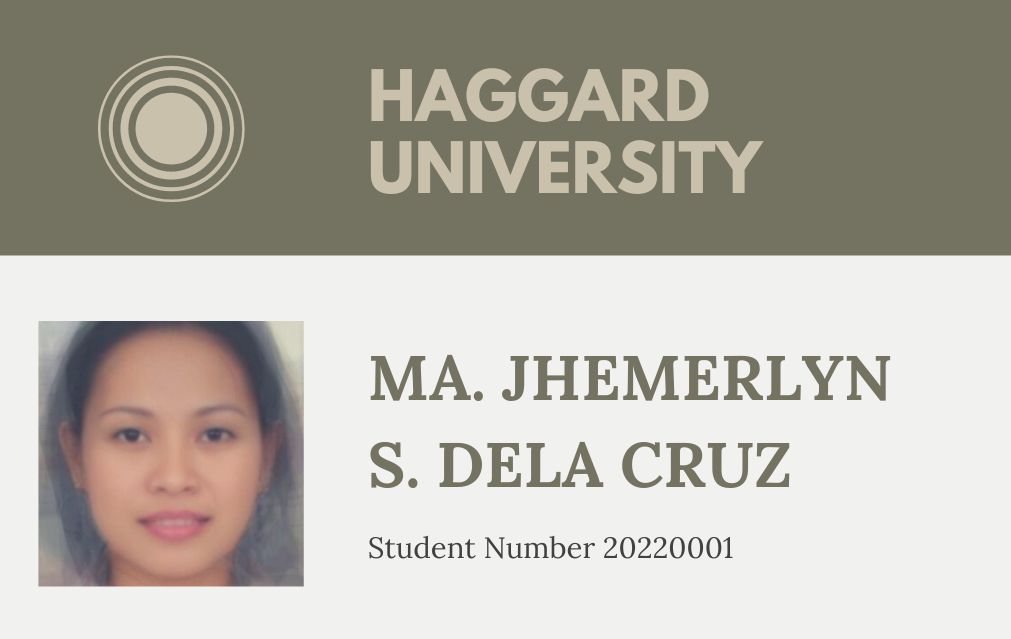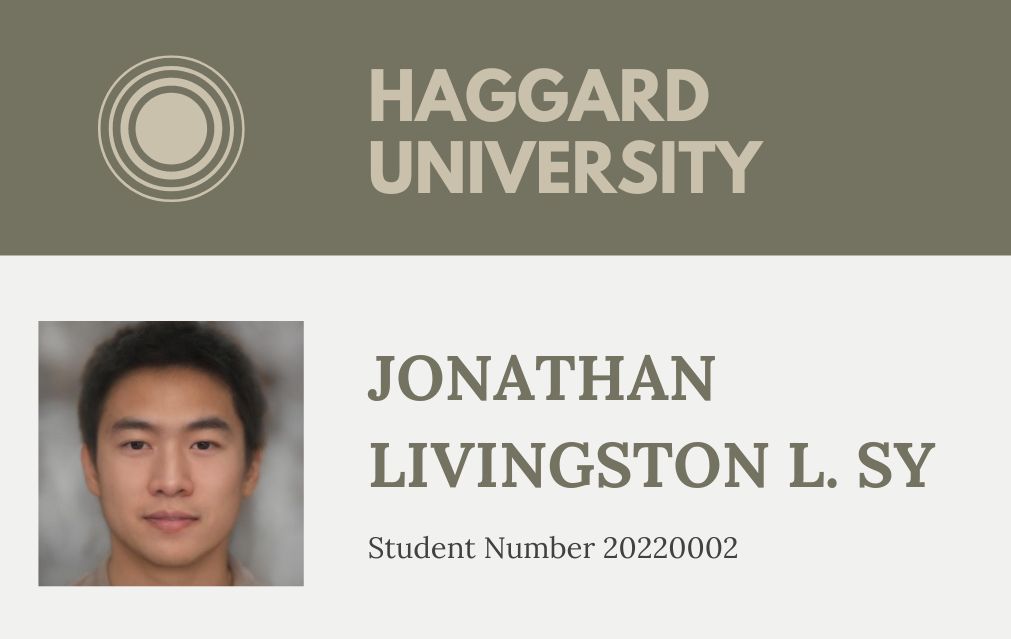
Names are more fun in the Philippines
Filipinos write their names according to a blend of both Spanish and American naming customs. To illustrate what I mean, let me introduce you to Jhemerlyn.

Her first name is Ma. Jhemerlyn. Yes, both of them—though most people won't go around calling her "Ma. Jhemerlyn" the way Americans used to call for Billy Bob and Daisy Mae. "Ma." is an abbreviated form of "Maria" and historically a common element of girls' names in the Philippines. Thank the Spaniards for that. "Jhemerlyn" is not a common Filipino name at all; if forebears.io is correct, there are only two of them in the country. But the template is recognizable enough to feel common—see the Forebears entry and its list of phonetically similar names. Mix the popular initial J, the extraneous H that Filipinos seem to adore for some reason, and the three-syllable-ends-in-lyn pattern, and the result is a name that's become something of a minor meme on social media.
Because this country has no laws that limit the naming of children, Filipino parents are free to go ham when choosing appellations for the little ones. Aside from the family tree and the old calendar of saints, the average Juan and Juana can choose from the Old Testament, the annals of history, their favorite songs and stories, or whichever famous person is on TV as of late. Some parents mash their own names together, a habit they seem to share with their Dominican peers. A few just go ahead and call their children Baby and Boy, who later grow up to become everyone's tito and tita. I've seen people complain about the ridiculous names that get attached to little kids, some even suggesting that we should ban them. I disagree. There's a thought process behind every name, be it Habeas Corpuz or Covid Marie. It just so happens that sometimes, these thought processes are completely alien.
Anyway, back to Jhemerlyn. Her middle initial is S, short for her middle name. Let's say it's Santos, the sixth most common Philippine surname. A Filipino's middle name is always the mother's maiden name. Children born out of wedlock bear the mother's surname (which, of course, is the surname of the mother's father) and no middle initial, unless acknowledged by the father. The use of both maternal and paternal surnames is a remnant of the Spanish practice, but tucking the maternal surname in the middle spot is an American influence.
Finally, we have the surname. Dela Cruz (yes, the "de" and "la" should be separate as in proper Spanish, but that's the form of the name that became common in these parts; the proper "de la Cruz" is still around though) is the most common surname in the Philippines. Other common names like Reyes and Garcia scream THE SPANIARDS WERE HERE, similar to our Latin American cousins. Of course, there are also the surnames that derive from our native languages; examples include Dimaculangan and Macaraig. Most Filipinos gained surnames because of the Clavería Doctrine. Declared in 1849 by Narciso Clavería, then the governor-general of the Philippines, everyone had to pick a surname from the Catálogo alfabético de apellidos. The exceptions were those who could prove they had used their surname for at least four generations. Contrary to popular belief, the decree did not force people to choose only Spanish surnames. Read this copy of the Catálogo here. There are indigenous surnames listed. Then there are the Chinese and Chinese-derived surnames, which come in either of three different flavors. To demonstrate, here's Jonathan.

Jonathan Livingston Sy has been cited by different people as an example of a funny (punny) Filipino name. I have yet to prove to my satisfaction that he's a real person, but it's plausible. Sy is a common Chinese-Filipino surname, with one bearer being the late billionaire Henry Sy of SM Supermalls. His children are still the richest people in the country. The one-syllable Chinese surnames are the most obvious, but plenty of Chinese-descended families have two- or three-syllable surnames. The former often end in "-son" (Tuazon, Dizon, etc.) and are transliterated from Hokkien (Tuazon = "first grandson," Dizon = "second grandson," and so on). Some families took the full name of the clan patriarch as their surname. For this example, let's say that Jonathan's middle name is Lichauco, in which case his mother is descended from someone named Li Chau Co. From what I've read, the two- and three-syllable Chinese surnames are from families whose ancestors arrived during the Spanish era and Hispanized their names to fit in, while those with monosyllabic surnames arrived afterwards.
There you have it, everyone. If a name is a reflection of one's parents, then the names of Filipinos reflect that this country has spent 300 years in the convent and 50 years in Hollywood. But our ancestors had interesting lives before the convent. Their blood flows through our veins, and as long as we remember their existence, they will not die out. And no matter how long ago we left Hollywood, the show goes on.